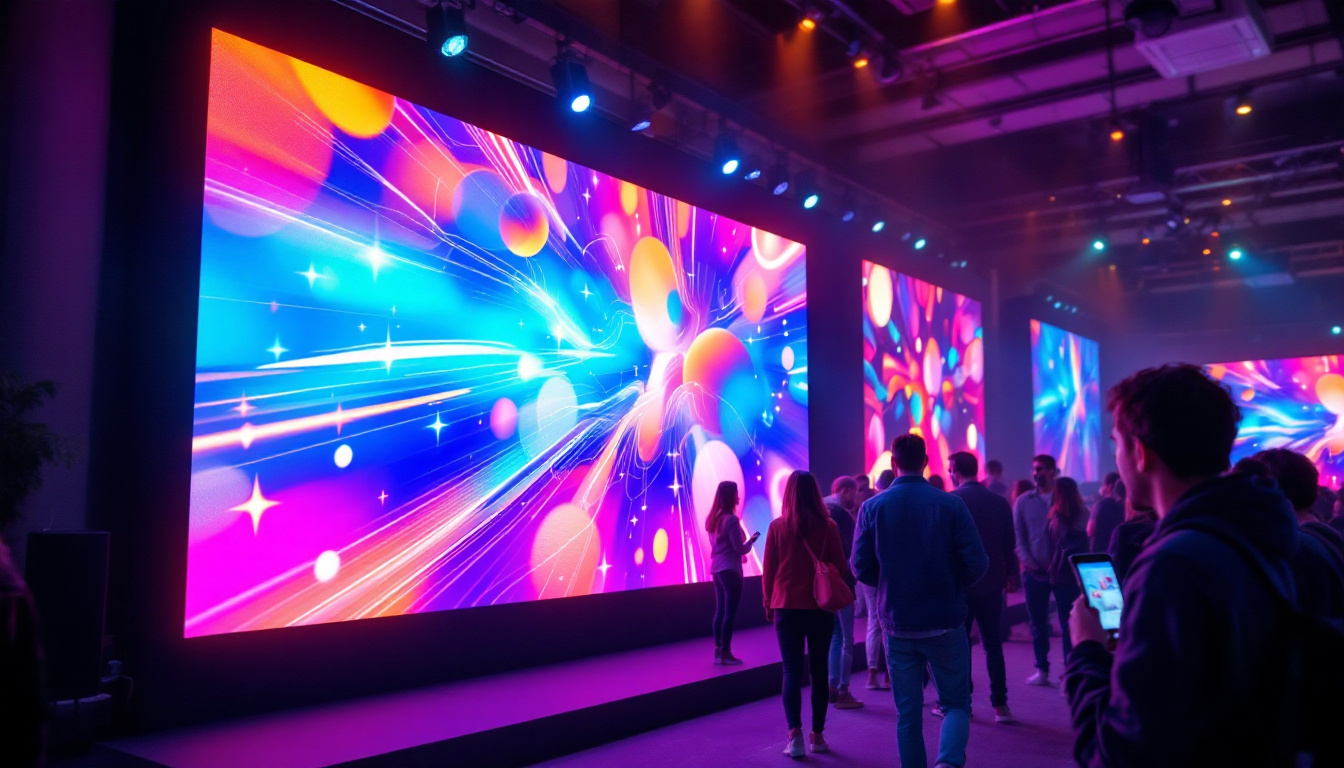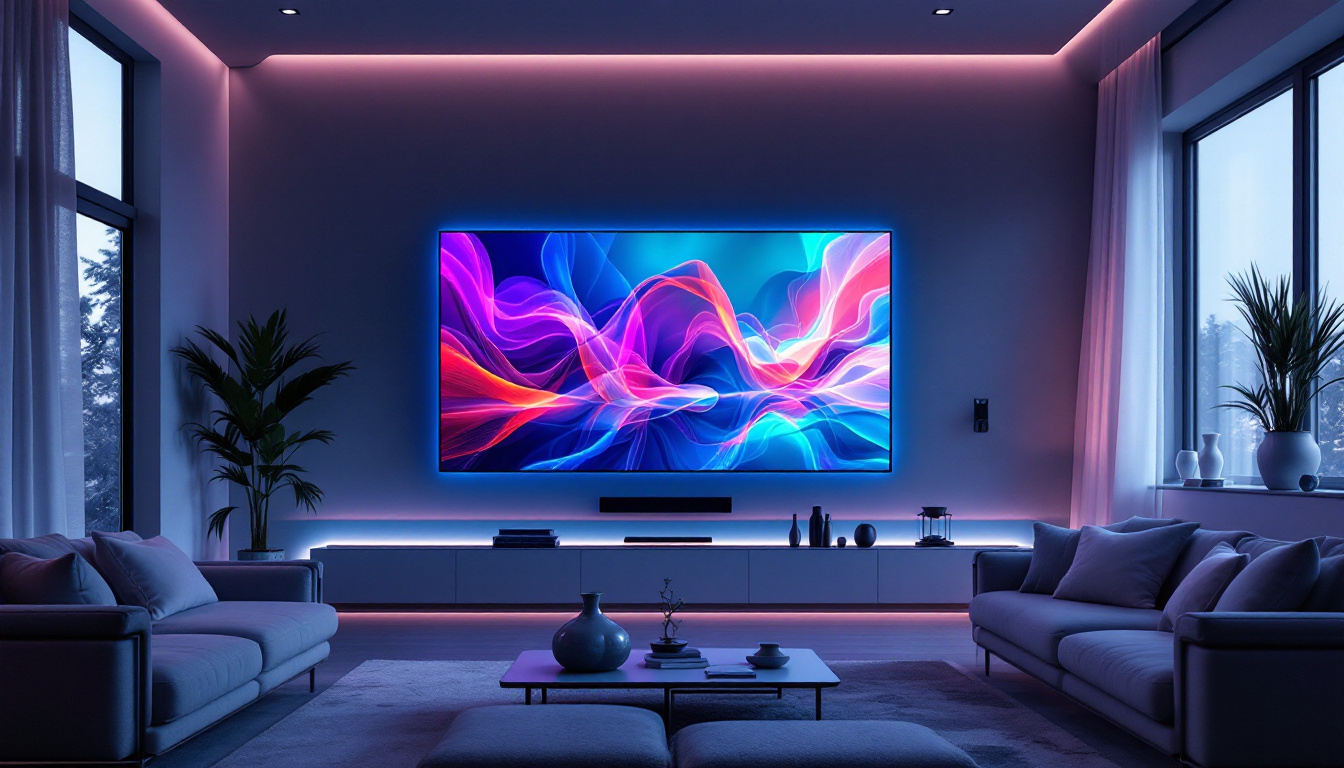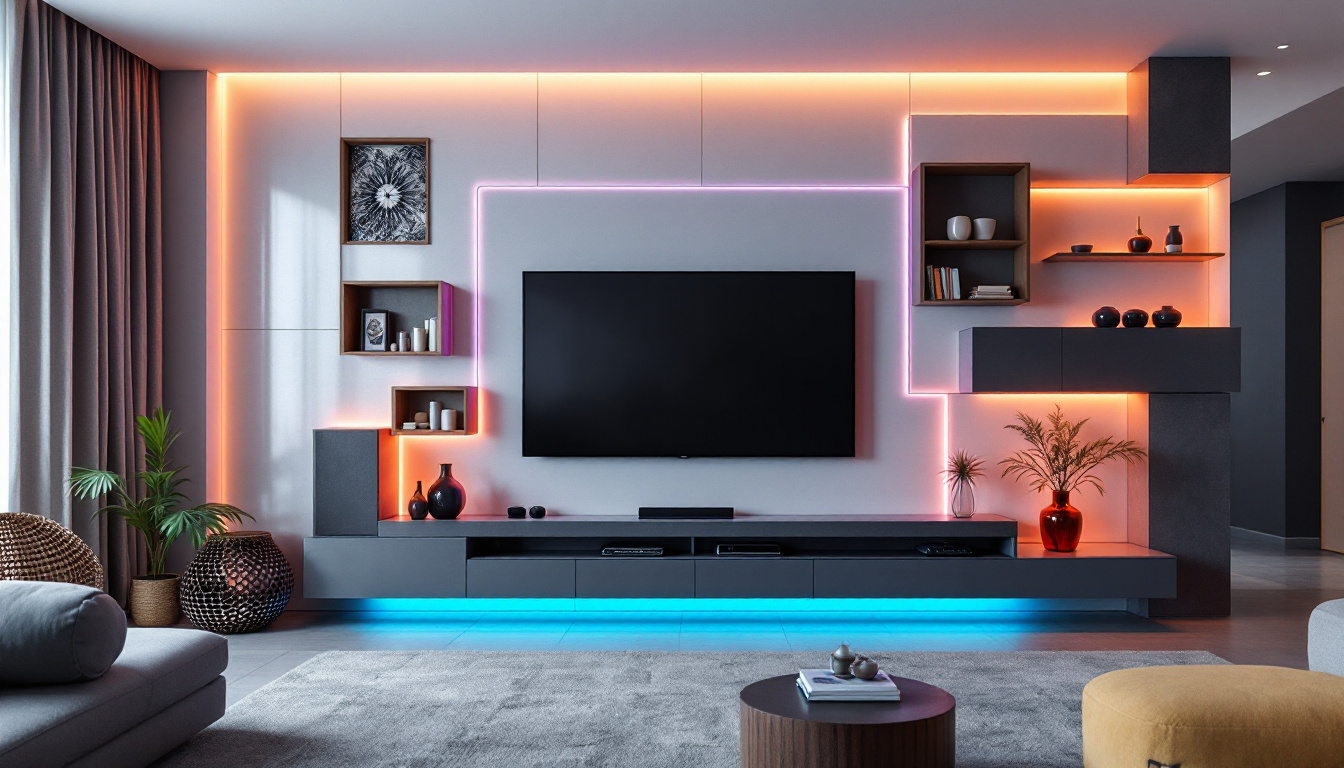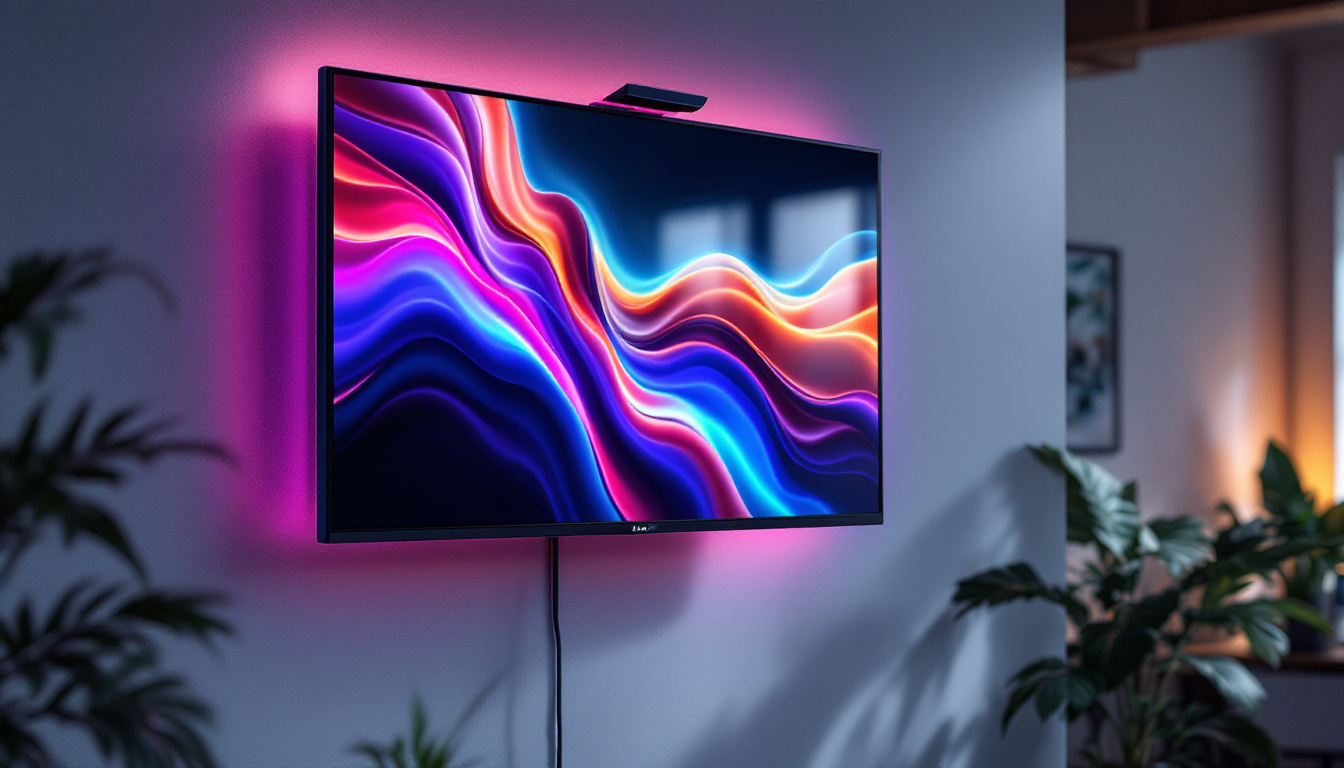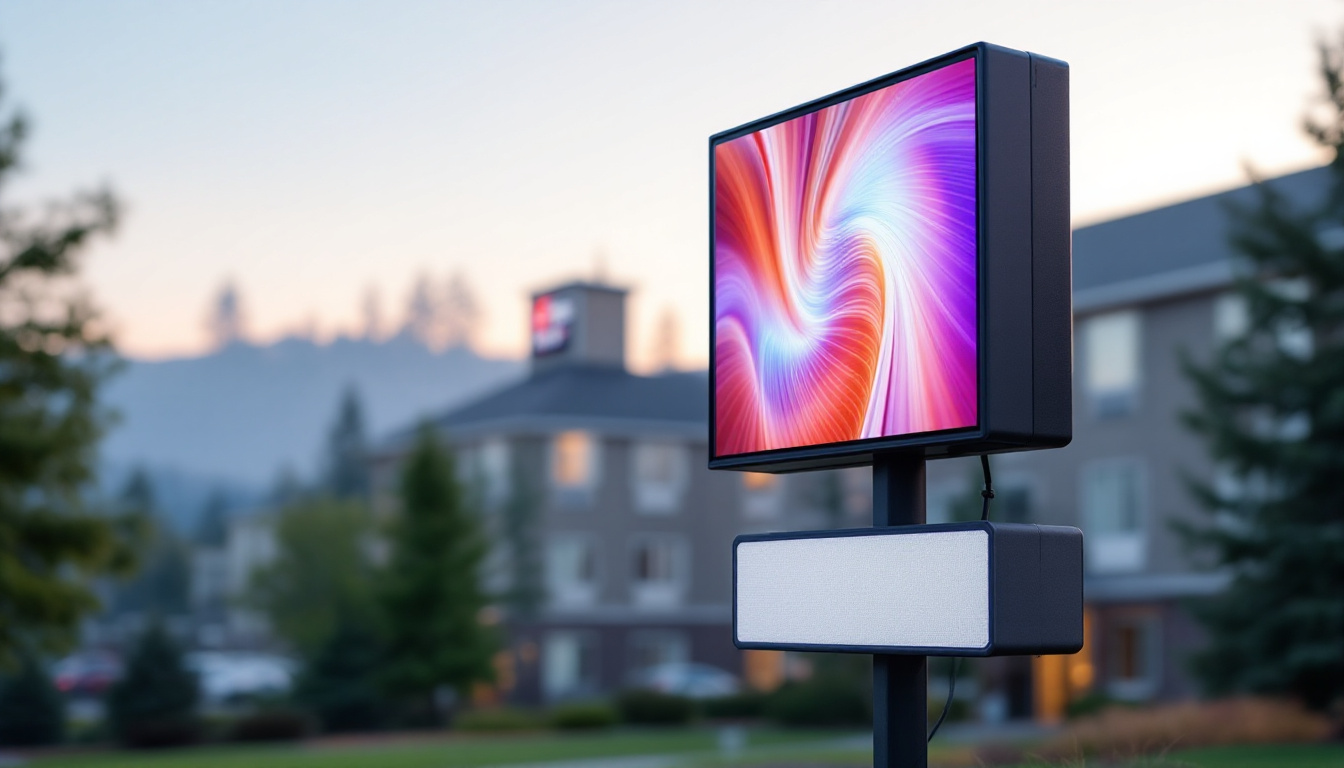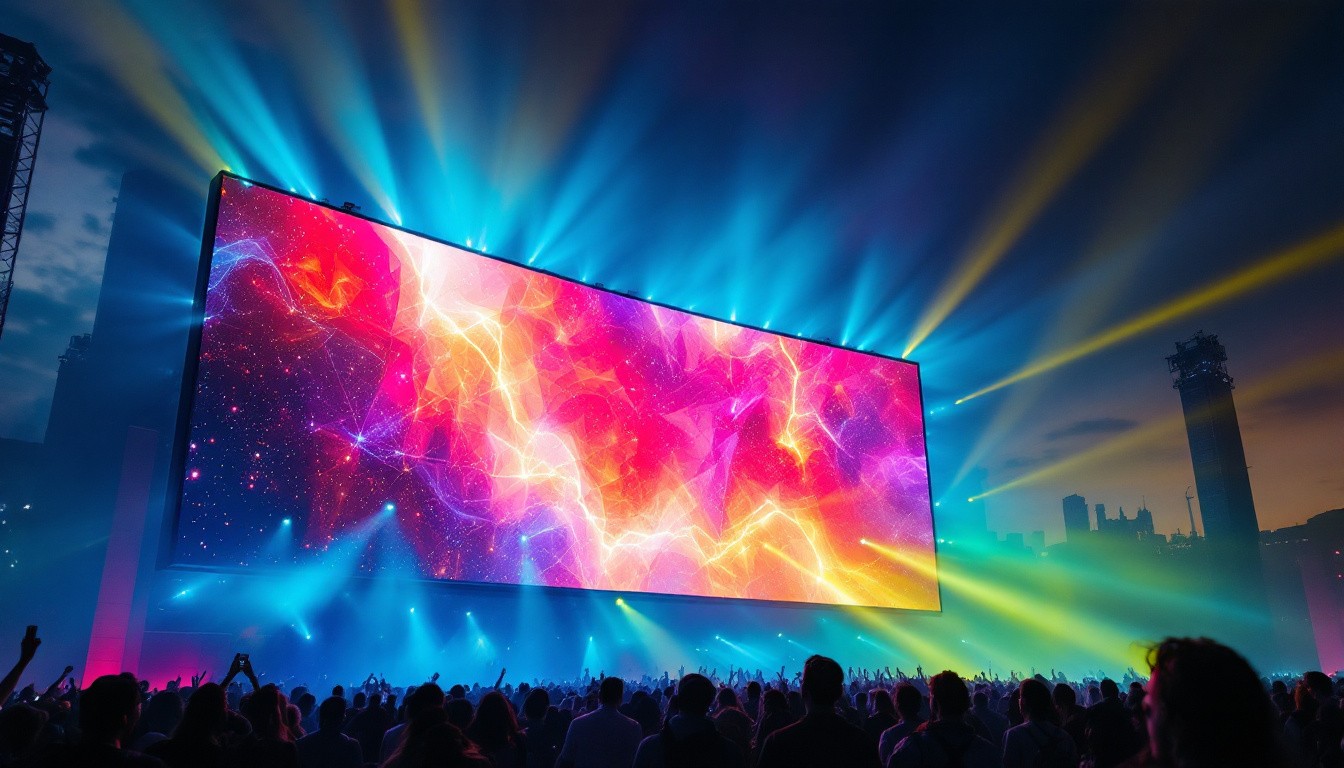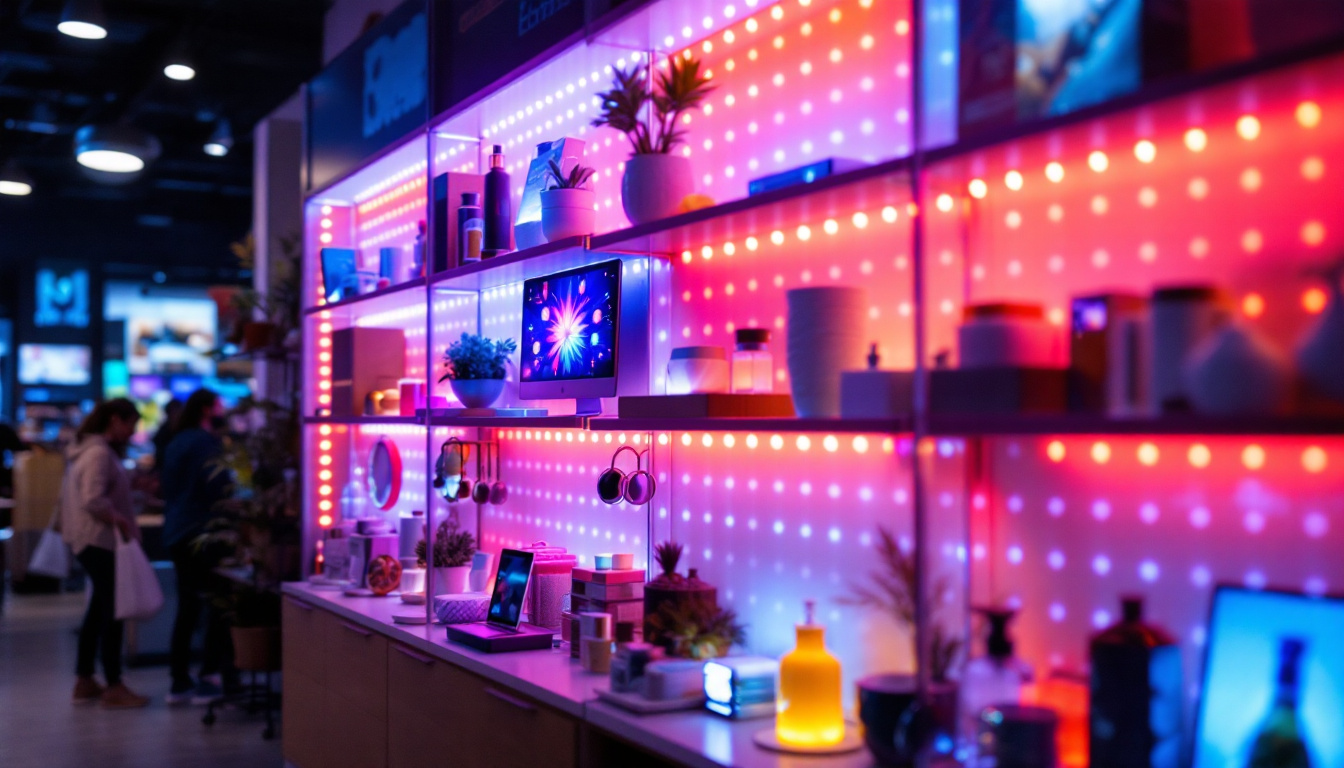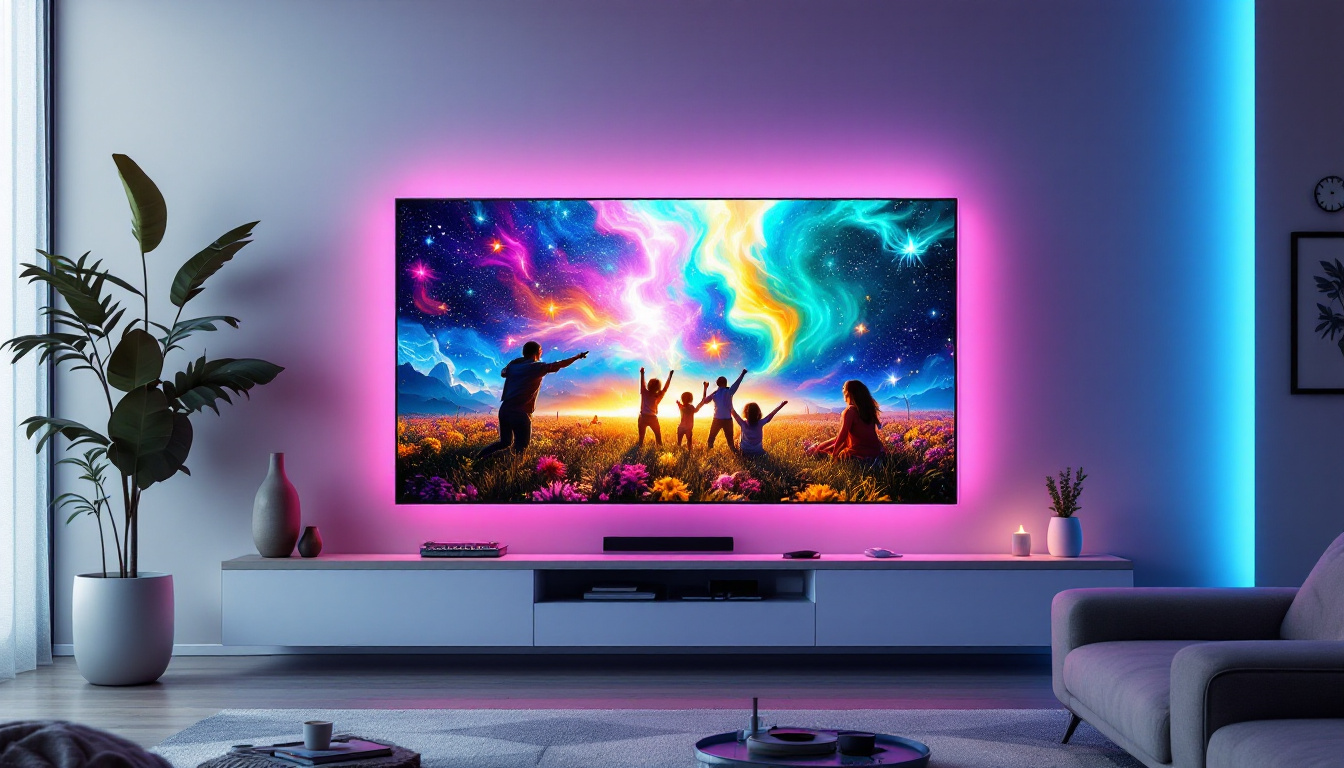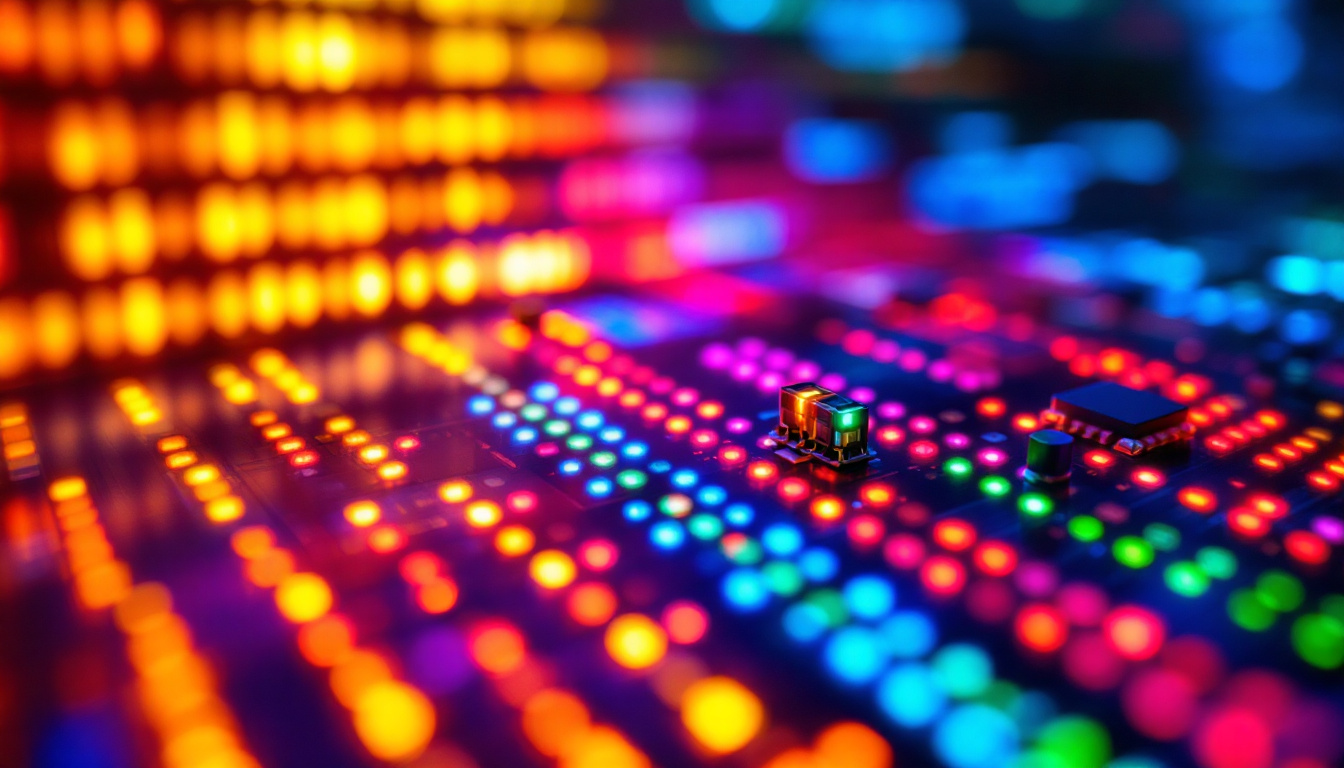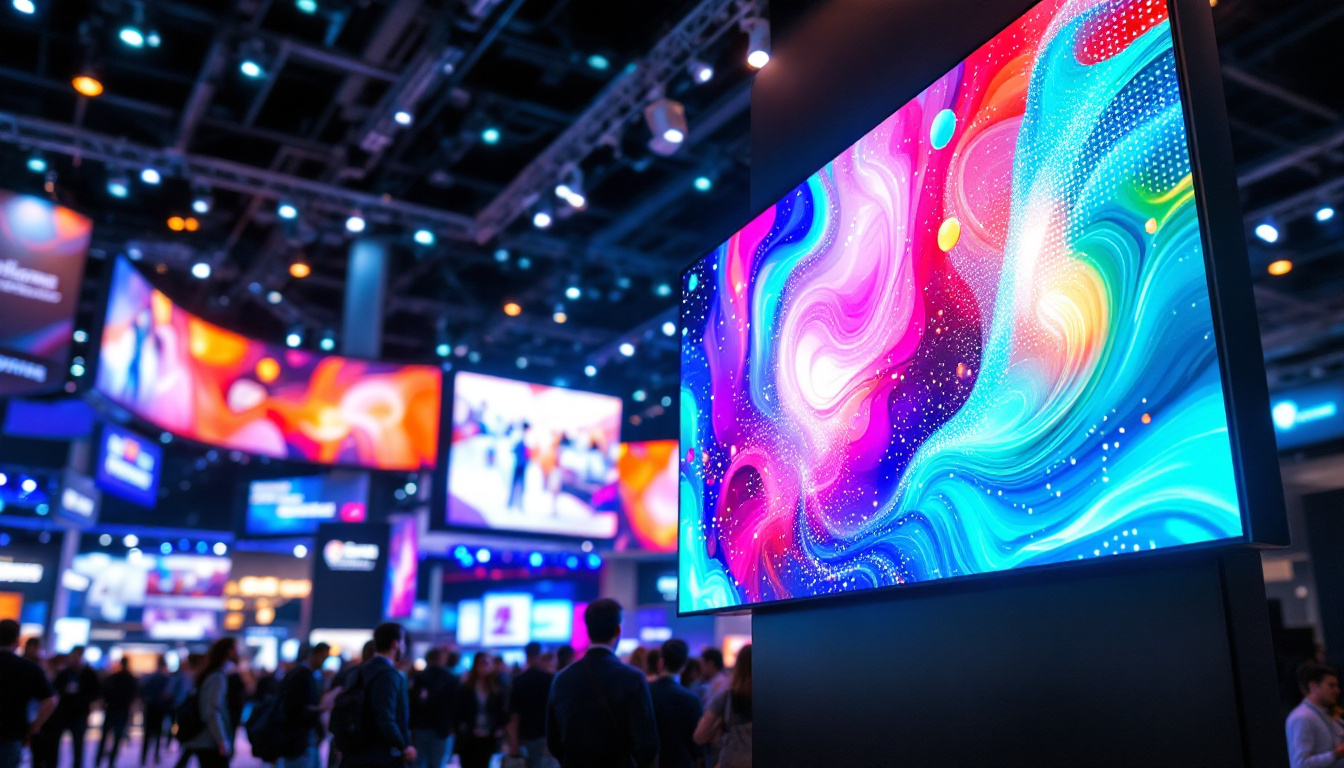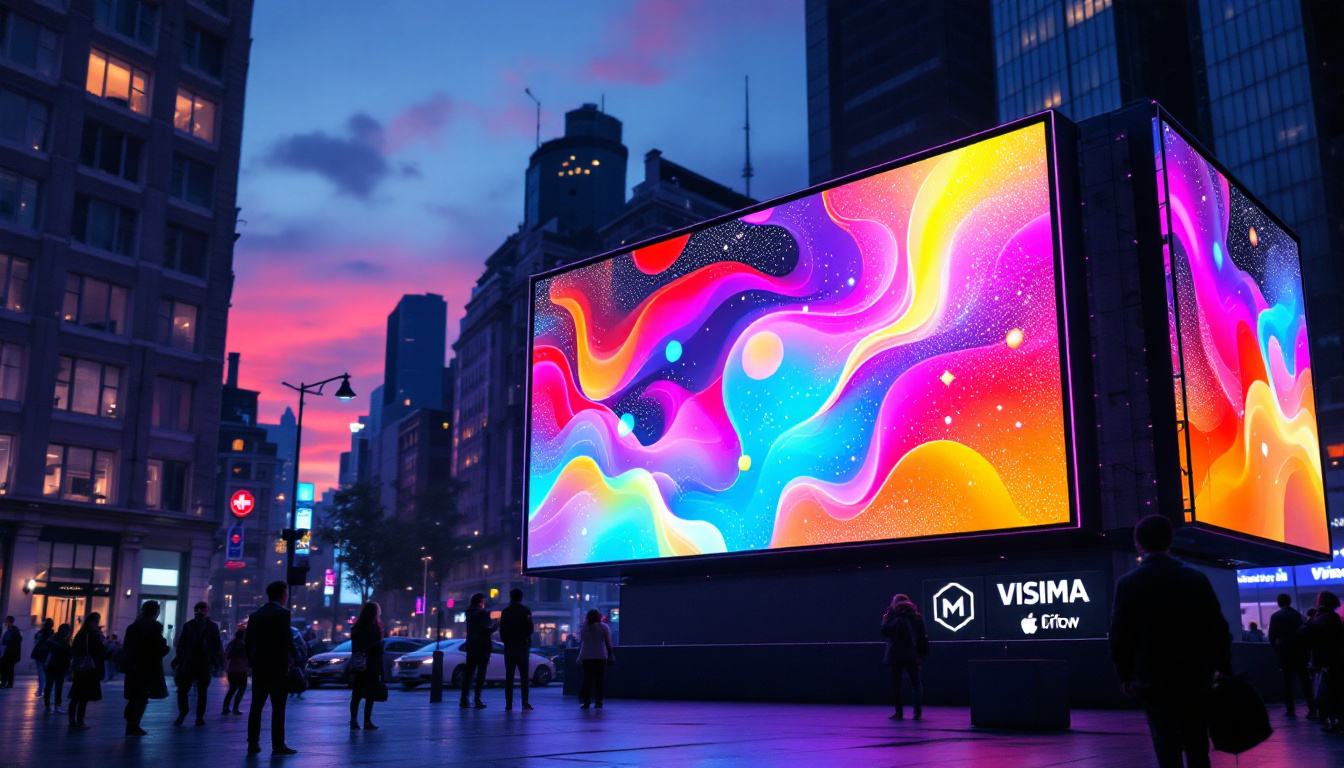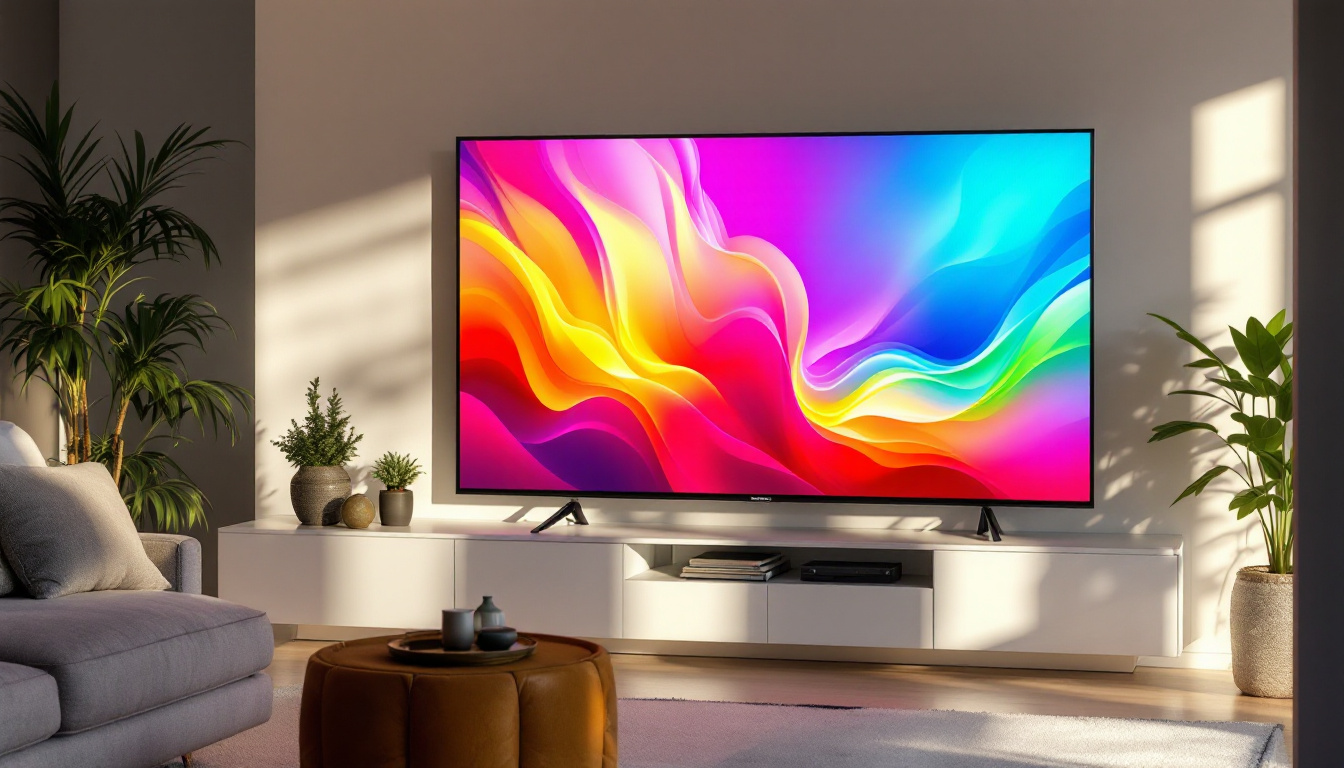In the ever-evolving world of display technology, understanding the differences and functionalities of various types of screens is crucial. Among the most prominent technologies are LED (Light Emitting Diode) and LCD (Liquid Crystal Display). While both serve the purpose of displaying images and videos, they operate on fundamentally different principles. This article delves into the intricacies of LED displays, their advantages, and how they compare to LCD technology.
Understanding Display Technologies
To appreciate the significance of LED displays, it’s essential to first grasp the basics of display technologies. Both LED and LCD screens have revolutionized how we consume visual content, but they do so in distinct ways.
What is LCD?
Liquid Crystal Display (LCD) technology utilizes liquid crystals sandwiched between two layers of glass or plastic. These crystals do not emit light by themselves; instead, they manipulate light from a backlight source, typically fluorescent lamps. The backlight illuminates the liquid crystals, which then control the color and brightness of the pixels on the screen.
LCD technology is widely used in televisions, computer monitors, and mobile devices due to its ability to produce sharp images and vibrant colors. However, the reliance on a backlight can limit the contrast ratio and black levels, making it less effective in dark environments. Furthermore, the viewing angles can be a concern, as colors may appear washed out or distorted when viewed from the side. Despite these limitations, advancements in LCD technology, such as the introduction of IPS (In-Plane Switching) panels, have significantly improved color accuracy and viewing angles, making them a popular choice for professional graphic work and gaming.
What is LED?
LED, or Light Emitting Diode, is a technology that uses semiconductor materials to emit light when an electric current passes through them. In the context of displays, LED screens can be categorized into two main types: Direct LED and Edge-lit LED.
Direct LED displays have a backlight made up of numerous LEDs spread across the entire screen, while Edge-lit LED displays position LEDs along the edges of the screen, with light being directed across the panel. This technology allows for thinner screens and improved energy efficiency, making it a popular choice for modern televisions and monitors. Additionally, LED displays can achieve higher brightness levels and better energy savings compared to traditional LCDs, giving them an edge in outdoor and brightly lit environments. The development of OLED (Organic Light Emitting Diode) technology, which is a subset of LED, further enhances display capabilities by allowing each pixel to emit its own light, resulting in deeper blacks, higher contrast ratios, and a more immersive viewing experience. This innovation has made OLED displays increasingly sought after for high-end televisions and smartphones, as they offer exceptional picture quality and color performance.
Advantages of LED Displays
LED displays offer several advantages over traditional LCDs, making them increasingly popular in both consumer electronics and professional applications.
Enhanced Brightness and Color Accuracy
One of the standout features of LED displays is their ability to produce higher brightness levels compared to traditional LCDs. This is particularly beneficial in brightly lit environments, where a higher brightness can enhance visibility and clarity.
Additionally, LED technology can achieve a wider color gamut, resulting in more accurate and vibrant colors. This is especially important for applications such as graphic design, photography, and video editing, where color fidelity is paramount.
Furthermore, the rapid response time of LED displays minimizes motion blur, making them ideal for fast-paced video content and gaming. This responsiveness not only enhances the viewing experience but also allows for smoother transitions and more lifelike visuals, which are crucial for immersive experiences.
Improved Energy Efficiency
LED displays are generally more energy-efficient than their LCD counterparts. The use of LEDs as a light source consumes less power, which not only reduces energy costs but also contributes to a lower environmental impact.
Moreover, many LED displays come with features that allow for dynamic adjustment of brightness and contrast, further enhancing energy savings. This efficiency is a significant factor for consumers and businesses looking to reduce their carbon footprint.
In addition to their inherent energy-saving capabilities, LED displays often incorporate smart technology that optimizes performance based on usage patterns. For instance, sensors can detect ambient light levels and adjust the display’s brightness accordingly, ensuring optimal viewing conditions while conserving energy during less intensive use.
Thinner and Lighter Designs
LED technology enables manufacturers to create thinner and lighter displays. This is particularly advantageous for portable devices such as smartphones and tablets, where weight and size are critical factors.
The slim profile of LED displays also allows for more innovative design options, including ultra-thin televisions that can be mounted flush against walls, providing a sleek and modern aesthetic.
Moreover, the lightweight nature of LED displays facilitates easier transportation and installation, making them a preferred choice for businesses that frequently update their signage or for events that require temporary displays. This versatility not only enhances user convenience but also opens up new possibilities for creative applications in advertising and public information systems, where visual impact is essential.
Comparing LED and LCD Displays
While LED displays are often seen as an evolution of LCD technology, it is essential to understand the differences between the two to make informed purchasing decisions.
Contrast and Black Levels
One of the most significant differences between LED and traditional LCD displays lies in their contrast ratios and black levels. LED displays, particularly those with local dimming capabilities, can achieve deeper blacks and higher contrast ratios than standard LCDs.
This is because LED technology allows for precise control over individual backlighting zones, enabling darker areas of the image to be rendered more accurately. In contrast, traditional LCDs struggle to produce true blacks due to the constant backlight, which can lead to a washed-out appearance in dark scenes. The enhanced contrast of LED displays not only improves the overall visual experience but also makes them particularly suitable for watching movies in dimly lit environments, where the depth of color can significantly enhance the storytelling.
Response Time and Motion Blur
Response time is another critical factor when comparing LED and LCD displays. LED displays generally offer faster response times, which can reduce motion blur in fast-moving images, making them ideal for gaming and action-packed content.
On the other hand, traditional LCDs may exhibit noticeable lag or ghosting effects during rapid motion, which can detract from the viewing experience. This difference is particularly relevant for gamers and sports enthusiasts who prioritize smooth, fluid visuals. Additionally, many modern LED displays incorporate advanced technologies such as variable refresh rates, which further enhance motion clarity and reduce tearing during high-speed action sequences, making them a preferred choice for competitive gaming.
Viewing Angles
Viewing angles can significantly impact the usability of a display, especially in multi-user environments. LED displays, particularly those utilizing IPS (In-Plane Switching) technology, tend to offer wider viewing angles than traditional LCDs.
In contrast, many standard LCDs suffer from color distortion and loss of brightness when viewed from an angle, which can be a drawback in settings where multiple viewers are present. This characteristic makes LED displays a more versatile option for group viewing scenarios. Furthermore, the ability to maintain color accuracy and brightness from various angles enhances the experience during presentations or movie nights, allowing everyone in the room to enjoy a consistent and vibrant picture without needing to adjust their seating position. As a result, LED displays are increasingly favored in both home entertainment systems and professional settings, where visual fidelity is paramount.
Applications of LED Displays
LED displays are utilized in a wide range of applications, from consumer electronics to large-scale commercial displays. Their versatility and performance characteristics make them suitable for various environments.
Consumer Electronics
In the realm of consumer electronics, LED technology has become the standard for televisions, computer monitors, and smartphones. The combination of superior image quality, energy efficiency, and sleek designs has made LED displays the preferred choice for many consumers.
Additionally, features such as smart connectivity and high dynamic range (HDR) support have further enhanced the appeal of LED televisions, making them a staple in modern living rooms.
Commercial Displays
LED technology is also widely used in commercial applications, such as digital signage, billboards, and advertising displays. The high brightness and vivid colors of LED screens make them ideal for attracting attention in busy environments.
Furthermore, the ability to create large-scale displays using modular LED panels allows businesses to customize their advertising strategies effectively. This flexibility has led to the widespread adoption of LED technology in retail, transportation, and public spaces.
Medical and Professional Use
In professional settings, such as medical imaging and graphic design, LED displays are valued for their color accuracy and image clarity. Medical professionals rely on high-quality displays to interpret images accurately, while graphic designers need precise color representation for their work.
The ability to achieve consistent performance across different lighting conditions makes LED displays an essential tool in these fields, where detail and accuracy are paramount.
Conclusion
In summary, LED displays represent a significant advancement in display technology, offering numerous benefits over traditional LCD screens. With enhanced brightness, improved energy efficiency, and superior image quality, LED technology has become the go-to choice for both consumers and professionals alike.
Understanding the differences between LED and LCD technologies is vital for making informed decisions when purchasing displays. Whether for personal use or commercial applications, the choice between LED and LCD can significantly impact the overall viewing experience.
As technology continues to evolve, LED displays are likely to become even more sophisticated, integrating new features and capabilities that further enhance their appeal. Keeping abreast of these developments will ensure that users can take full advantage of the benefits that LED technology has to offer.
Discover the Future of Visual Experience with LumenMatrix
Ready to elevate your visual content to the next level? Embrace the future with LumenMatrix’s innovative LED display solutions. From captivating Indoor and Outdoor LED Wall Displays to dynamic Vehicle and Sports LED Displays, our technology is designed to make your brand stand out. Experience the power of Custom LED Displays, All-in-One solutions, and the magic of LED Transparent Displays. Join the revolution in visual communication and check out LumenMatrix LED Display Solutions today to create unforgettable experiences and share your message with unparalleled impact and clarity.




